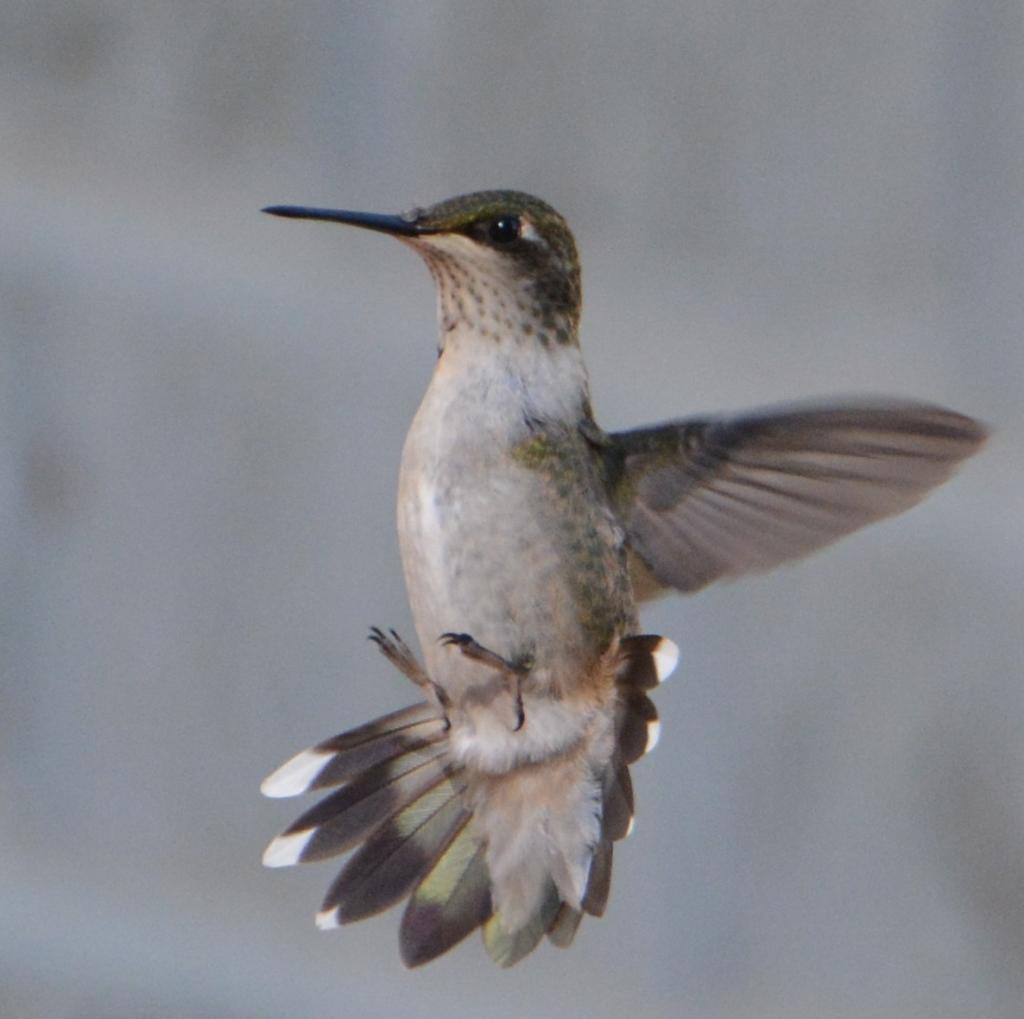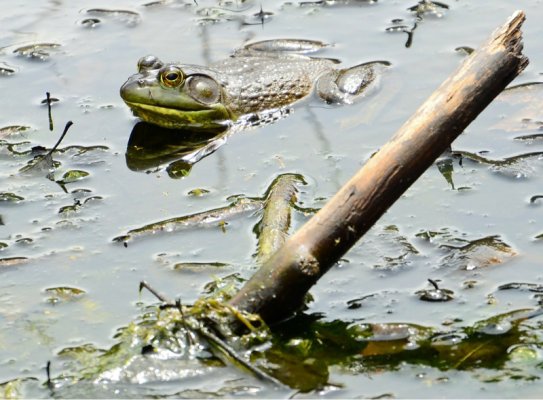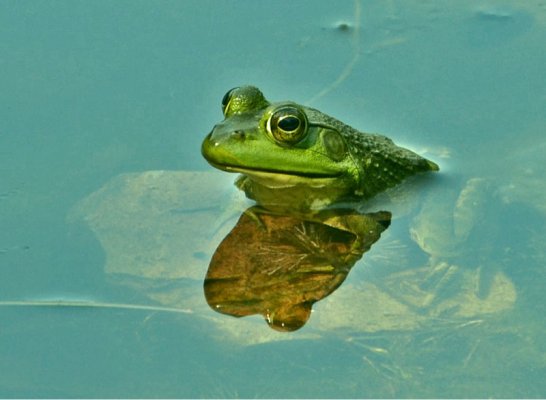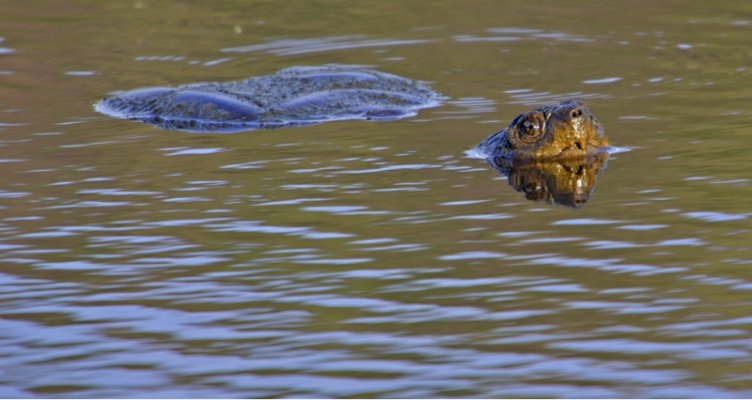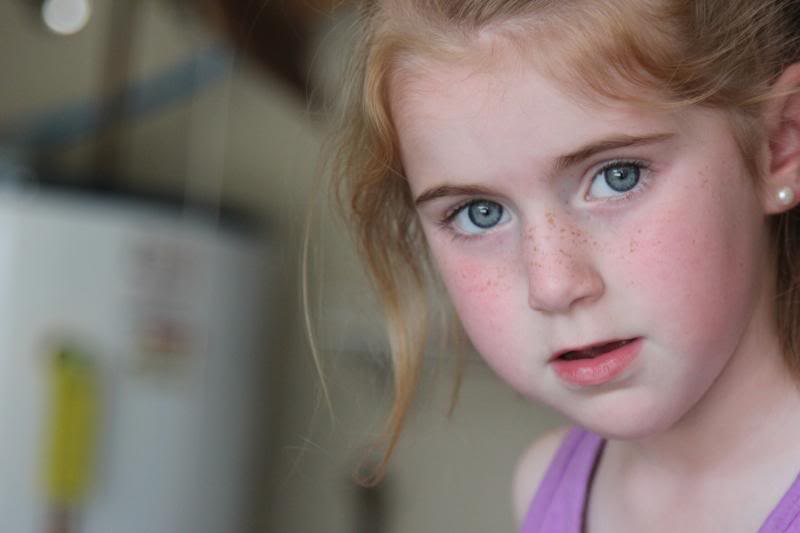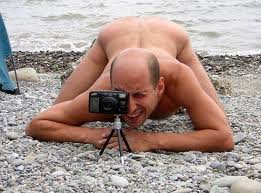ERD50
Give me a museum and I'll fill it. (Picasso) Give me a forum ...
Raw for my photo class work - teacher says to always shoot in raw.
I'd love to see some justification for this.
Now I can understand it for truly high end work, where every tiny degree of quality is important to preserve, and 'compromise' just isn't part of the vocabulary. And I know you don't want to do multiple conversions if you are doing adjustments, as each compression step will have a multiplier effect on the artifacts. But it seems to me that for most work, shooting jpg would be fine, just convert to a non-compressed format if/when you are ready to do some adjustments.
Now for audio, I'm big on keeping at least my masters/backups in non-compressed format (FLAC). But the 'cost' is small, a FLAC file is only ~ 5x as big as 128kbps mp3. So a 600MB CD is 300MB in FLAC (roughly 2x loss-less compression) versus maybe 60MB in mp3 128kbps, or 120mbps if you go higher in quality. So if I buy a 500GB drive for $65, that's just 4.3 cents per CD in FLAC, and I might save 3 cents per CD with mp3. Multiply a few times for backups. That is still very cheap to me, for the extra quality, and ability to easily re-rip to another format (which I do, to play on various players if I can live with compressed sound for that application).
I didn't quickly find good file size comparisons for RAW vs high quality jpeg, but IIRC the difference was far more than 5x. A few years back, I scanned some pen/ink drawings I had that were vacation memories and had faded and yellowed. I scanned them at high rez, worked on them, and saved in jpeg. I recall playing with them some more, and even after a few generations, I could blow them up to something like 1600x on screen, and not detect any differences. I guess I'm not sure it makes much difference for anything other than the highest end work, if used properly.
I just skimmed this, but one guy's opinion:
RAW vs JPG
-ERD50

